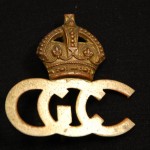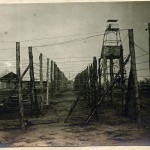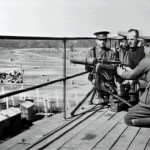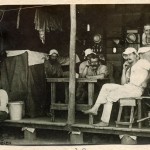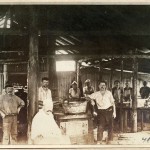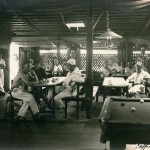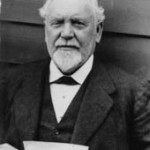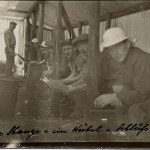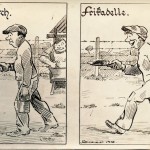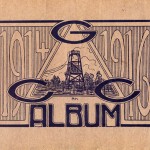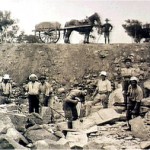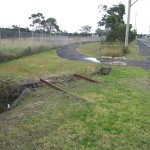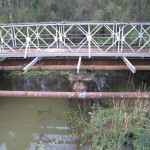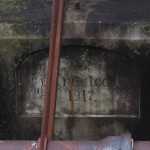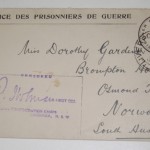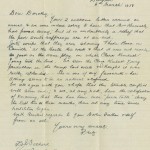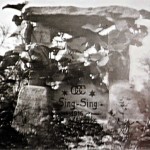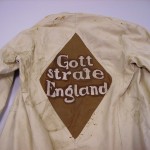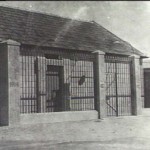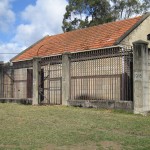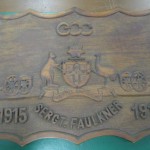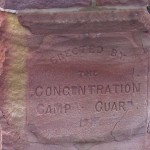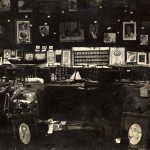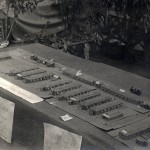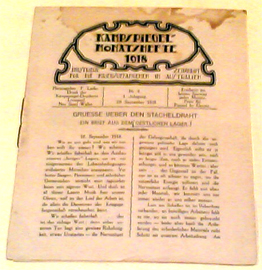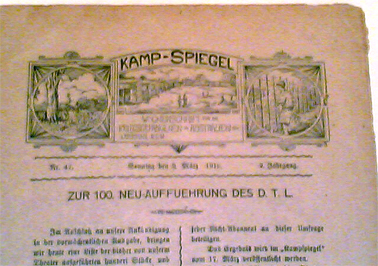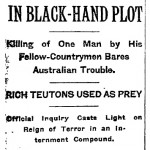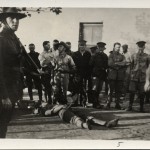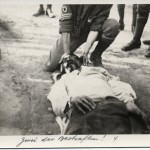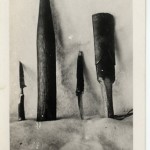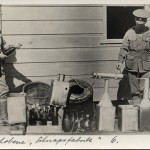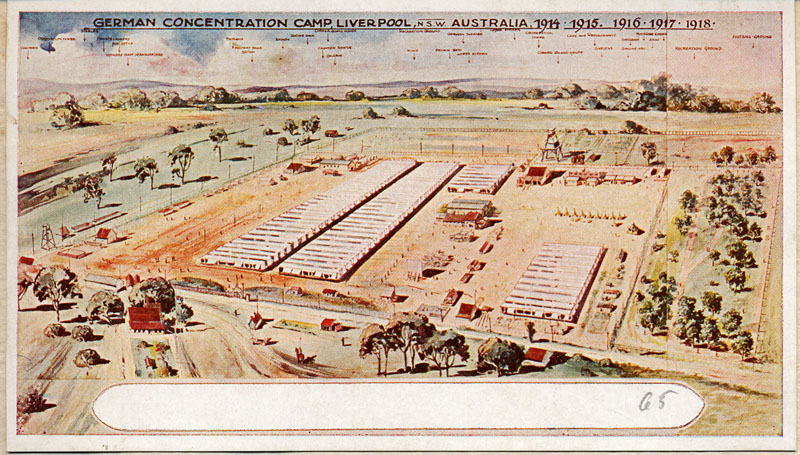
Liverpool Internment Camp 1914 – 1918 post card. Dubotzki collection, Germany.
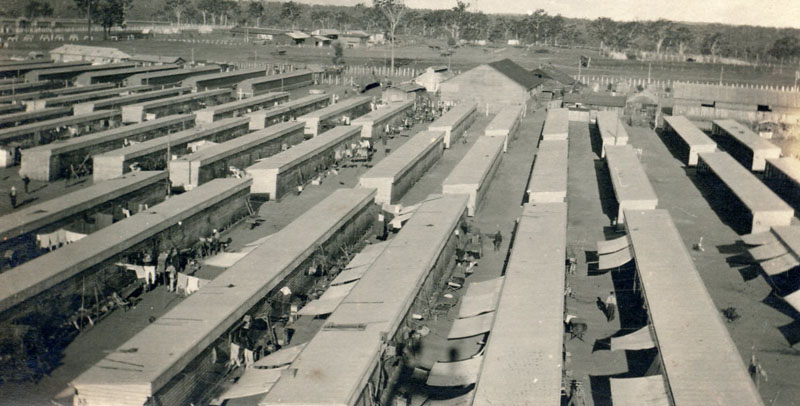
Holsworthy Internment Camp, c.1915. Dubotzki collection, Germany
The largest internment camp in Australia during World War One was at Holsworthy, near Liverpool on the outskirts of Sydney. The camp held between 4,000 and 5,000 internees, most were either from the Austro-Hungarian empire, staff of German companies temporarily living in Australia, crews of vessels caught in Australian ports and naturalised and native born Australians of German descent. Prisoners were interned without trial, often without knowing their “crime”, and without the knowledge of their families.
Some were brought from camps in other Australian states that were closed early in the war. Many from Western Australia, who had been employed in gold fields around Kalgoorlie, had originally come from states within the Austro-Hungarian Empire such as Serbia and Croatia. About 700 of those interned were naturalised British subjects, and 70 were Australian born. Despite this many of these internees were deported to Germany after the war.
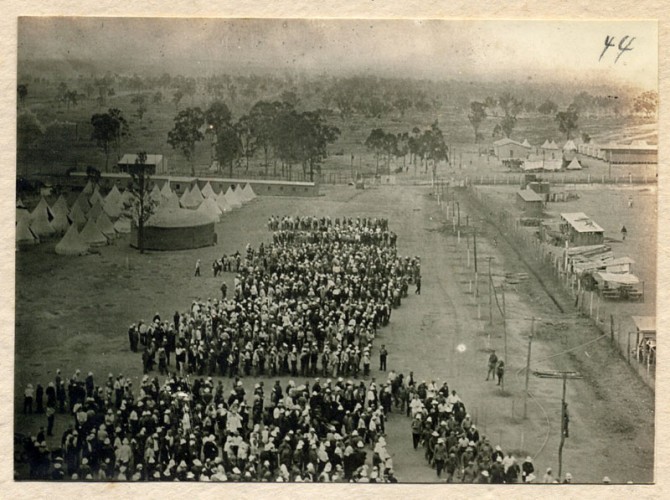
Holsworthy Internment Camp, c.1915. Dubotzki collection, Germany
The camp grew from a collection of tents to a small town of huts complete with theatres, restaurants and cafes, other small businesses, an orchestra and sporting and educational activities. Physical conditions in the camp were difficult. Living conditions were overcrowded and sanitary facilities were basic. There were also reports of corrupt or brutal guards working in the camp.
The camp was overcrowded and political and ethnic differences were everywhere. Heat, cold, dust, boredom, and stress about families and businesses led to a malaise called ‘barbed wire disease’. Guards taunted and shot at the internees. Some internees suicided and others tried to escape. The most troublesome prisoners were housed in a high security gaol known as ‘Sing Sing’.
Hard work helped to relieve the boredom and overcome the problems. The internees built their own barracks and furniture, the administrative buildings and watch towers, and all but the first 2.2km of the railway line from Liverpool. Regular arts and craft competitions, theatre and music nights and other activities were organised.
Life at Holsworthy
Of all the camps Holsworthy was the harshest and resembled a prison in the true sense of the word. A strict regime of control was enforced by the camp authorities. Raids often turned up stills and grog making faculties. Internees were seldom allowed out of the camp confines and here boredom and melancholy took hold. In early 1915 there were riots over rations and work duties that were subdued by negotiations between the camp commandant Colonel Sands and the Camp Committee. In order to keep the camp under control Sands ran the camp firmly. Troublesome internees were singled out and thrown into solitary confinement in the camp gaol. There were regular searches for contraband and weapons. The internees were not allowed to free range like those at Berrima or Trial Bay and were kept behind barb wire fences and watched over by guards with a mounted machine gun in a substantial watchtower on the southern perimeter.
Further riots occurred in 1916 when a crime gang calling itself the Black Hand assaulted and extorted money and goods from fellow internees.
Many artefacts and objects were made at Holsworthy, but most of these have been lost or forgotten over time. Images from the various albums reflect a more institutionalised culture like that of a prison. They show defiance in the production of German national symbols and culture. They are not the artistic photography of Trial Bay or the children’s toys or canoes and water craft of Berrima. There were no friendly relationships between guards and internees like those at Berrima. In fact at Holsworthy an internee was killed during a breakout attempt.
The Camp Committee
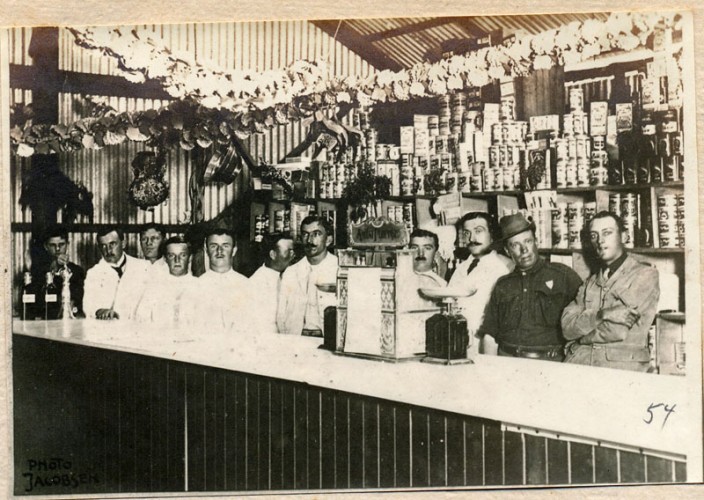
The Canteen, Holsworthy Internment Camp, c.1915. Dubotzki collection, Germany
Like Trial Bay and Berrima the Australian Army managed the operation and functions of the Holsworthy Camp. The internal policing, educational, cultural and social activities were left largely to the Camp Committee made up from the internee population. Like Trial Bay and Berrima the Committee dealt with the organisation of the camp in liaison with the camp Commandant.
Gymnastics, wrestling, football, swimming and athletics were organised to promote health and fitness. Work parties cleared and prepared the sporting areas and vegetable gardens.
Funding for theatre, arts and publications came from the camp canteen and café which was managed as a commercial enterprise. The internees ran it to trade German delicacies from Sydney. This enabled the purchase of vegetable seeds; materials for the theatre; buying instruments for the camp orchestra and purchasing materials for the arts and competition held regularly in the camp. Funds were also used to employ internees who received no wages from their companies or families.
All profits from the canteen were returned to the internees either through the Camp Committee to be used for general camp purposes or distributed in the form of a cash bonus to each internee.
Education classes were established. English was popular as all letters sent out of the camp had to be written in English. Other classes included theatre, music, carpentry, joinery, shorthand, photography, sketching and painting.
Arts and Crafts
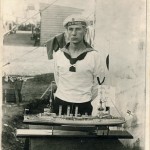
Internee’s scale model of the SMS Emden, Holsworthy Internment Camp, c.1915. Photograph Heinrich Jacobsen, Dubotzki Collection, Germany
Craft making and theatre and other cultural activities where pursued at Holsworthy as they were at Trial Bay and Berrima, but the overarching atmosphere of the place was confinement, deprivation of liberty and constant surveillance. Unlike the internees at Trial Bay and Berrima, the Holsworthy internees were treated as prisoners. As a consequence the Holsworthy Camp developed a reputation among the NSW German community as a place of harsh punishment. Camp Commanders at Trial Bay and Berrima often sent recalcitrant offenders to Holsworthy as a sign that despite having liberties and privileges, disobedience would not be tolerated.
The camp newsletter Kamp Spiegel produced by the internees gave a running commentary of politics, the local German perspective on the progress of the war and an insight to the conditions and grievances of life at the camp.
Theatre and music
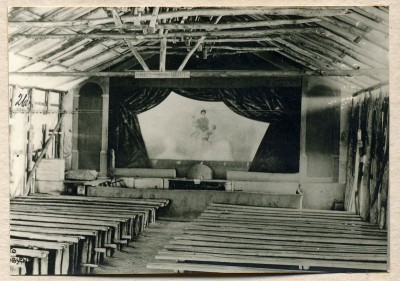
Interior of the Deutsches Theater, Holsworthy Internment Camp, c1915–1919, Photograph Heinrich Jacobsen, Dubotzki collection, Germany
Holsworthy Camp had the German Theatre Society who staged and managed theatrical and musical performances. The theatre was funded from the profits for the Liverpool canteen in a similar fashion to Berrima and Trial Bay.
The theatre was initially housed in a big Army surplus tent and later in a hut built by the internees. The theatre provided a venue fort serious approach to theatric productions such as Der zerbrochene Krug (‘The broken jug’) by Heinrich von Kleist. However it was the gang shows and cabarets that were the most popular providing an opportunity to parody themselves, the guards and their predicament. More than 70 shows were performed at the theatre.
Camp orchestras, instrumental bands and choirs were held in self-made bandstands playing the popular tunes of the day and classic pieces. Crews of German mercantile vessels had a long history of staging concerts in the pergolas of parks near the port where their ship in dock. The main source of musicians was from the ships bands among the internees
The Camp Newspaper
Kamp Spiegel was published from 1916 to 1917. Ludwig Schröder published the weekly newspaper Kampspiegel Wochenschrift which ran from April 1917. In April 1918 it was renamed Kampspiegel Monatshefte and ran monthly until late 1918. All three newspapers were financed by subscriptions and advertisements for businesses in the camp.
The Black Hand
In 1915 a criminal gang began operating in the camp. It was reported that this gang was called the Black Hand Society. The Black Hand Society was formed in 1911 in Serbia. The Black Hand Society wanted an independent Serbian nation free from Austrian control and was responsible for the assassination of Arch Duke Ferdinand that was the catalyst for Austria’s declaration of war on Serbia which ignited World War One.
The term ‘The Black Hand’ has also been used by other criminal organised crime gangs such as the Italian mafia in America and Australia from the 1910s. From the evidence it appears the Black Hand gang operating at Holsworthy were a group of petty criminals led by Portman.
Portman was a sailor based in Melbourne who had been interned at Langwarrin, Victoria before being transferred to Holsworthy Camp on October 1915 when the trouble began. It appears from the evidence that Portman was a no more than a petty criminal who sought to set up an organised crime gang in the camp, enlisting other ne’er-do-well internees as members of the gang.
The Black Hand gang terrorised the other internees extorting money and services and sought to control the camp community. The Camp Committee responsible for the internal policing of the camp population appeared to be unable or unwilling to reign them in or provide the names of the ring leaders to the Camp Commandant Colonel Sands. On the 19th April Portman was killed by the other internees.
The Black Hand gang were responsible for severely injuring and extorting money from many of the internees from November 1915 to April 1916. It appears that the Camp Committee had become infiltrated by the Black Hand gang and the camp organisation had become corrupted. The Committee refused to assist an inquiry held by Colonel Sands who sought to deal with the situation.
On 18th April 1916 a general uprising took place among the camp population and the key members of the Black Hand gang were rounded up, beaten and thrown over the main gate of the compound. A crowd gathered at the gate yelling in English ‘these two men of the Black Hand Society have got what they deserved and there are more to come’. Colonel Sands and a group of police went into the crowd who were armed with home made batons and clubs, but no attempt was made to injure the police. Shortly after there was a ‘rush of Germans all over the compound’ who were looking for the other four main members of the Back Hand gang. Colonel Sands could have prevented this vigilante action ‘by shooting a great number of prisoners, which would not have been justified as the Germans intentions, although brutal, were to rid themselves of this criminal element in the camp’. After a few minutes four men were dragged down covered in blood and thrown over the main gate where they were picked up by the camp guards and taken to the camp hospital.
Fourteen other Black Hand members were later arrested and thrown into the camp gaol and after that the Camp quietened down to the usual routine.
From the evidence given at the Coronial Inquest into the death of Portman in Sydney on the 10th of May 1916 it is clear there was no political motive behind the Black Hand gang and extortion and stand over tactics was its main objective.
The Camp Closes
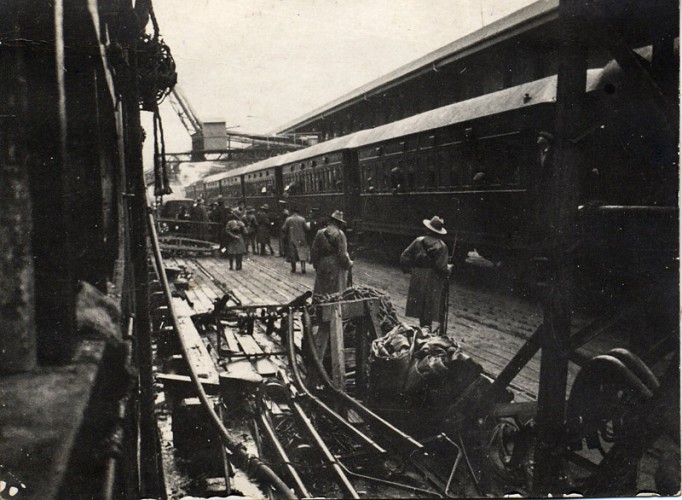
Internees arrive at Darling Harbour to board MV Kursk for the journey back to Germany c.1919- 1920. Dubotzki collection, Germany’
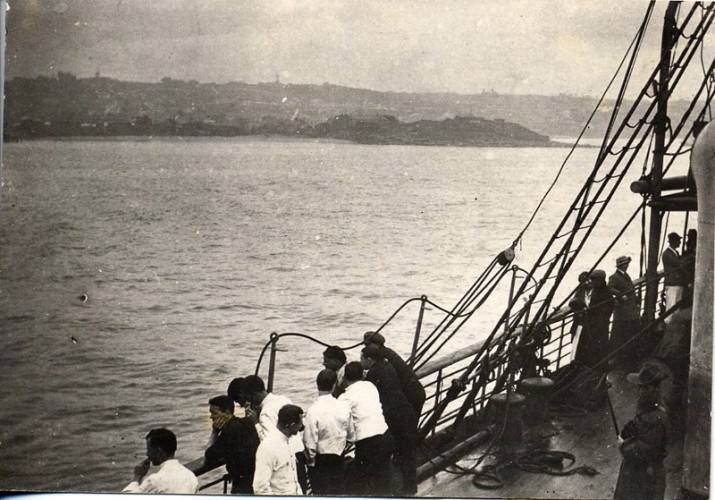
Internees on board MV Kursk in Sydney Harbour, c.1919- 1920. Dubotzki collection, Germany
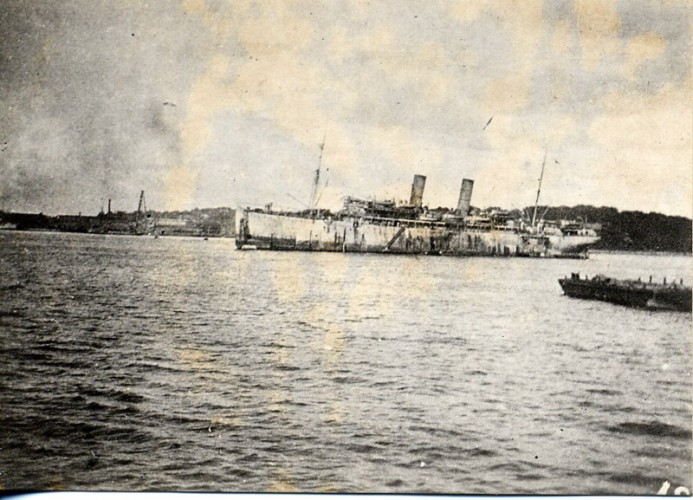
MV Kursk in Sydney Harbour prior to departure for Germany, c.1919 -1920. Dubotzki collection, Germany
Holsworthy camp remained open until the last internees were deported to Germany in 1920. The total number of people deported was 6,150. Of these, 5,414 people had been interned, the rest were family members or those ordered by the Defence Department to leave the country. Over one thousand people appealed to the Commonwealth Alien Board against deportation. Only 306 were successful. They included 179 naturalised or native born Australians. The 306 were the only people allowed to stay from the 5,600 internees still at Holsworthy at the end of the war.
In considering these appeals the Board disregarded all ties these people had to Australia. A mass protest letter by deportees that pleaded for clemency “in the name of our wives, our children, our brides” fell on deaf ears. One legal challenge was launched by Fredrick Meyer, who was naturalised and married in Australia with a child and had run for state parliament before the war. In May 1920 he was told that his naturalisation had been revoked and that the Minister for Defence had ordered his deportation. He appealed against this as an improper use of power but the High Court found that both deportation and de-naturalisation were entirely at the discretion of the Minister and Governor-General respectively and Meyer was deported the next day.


